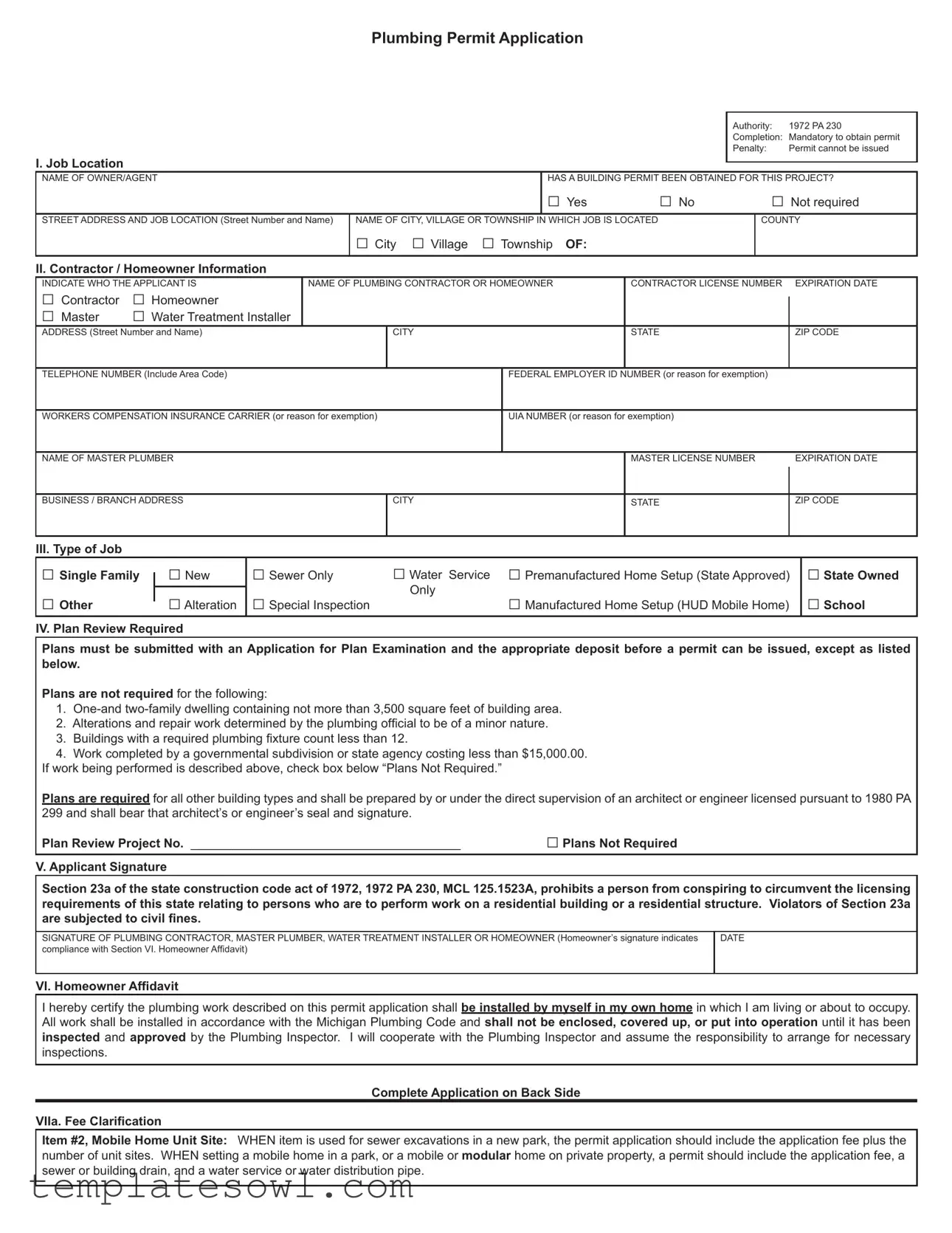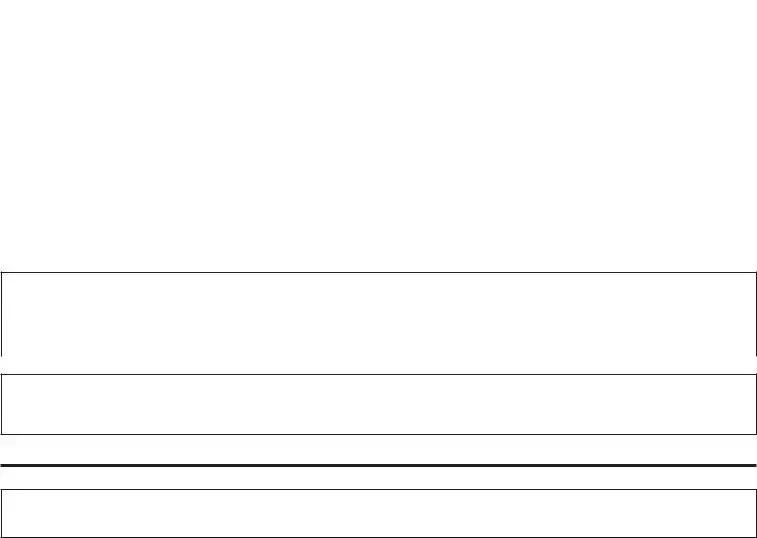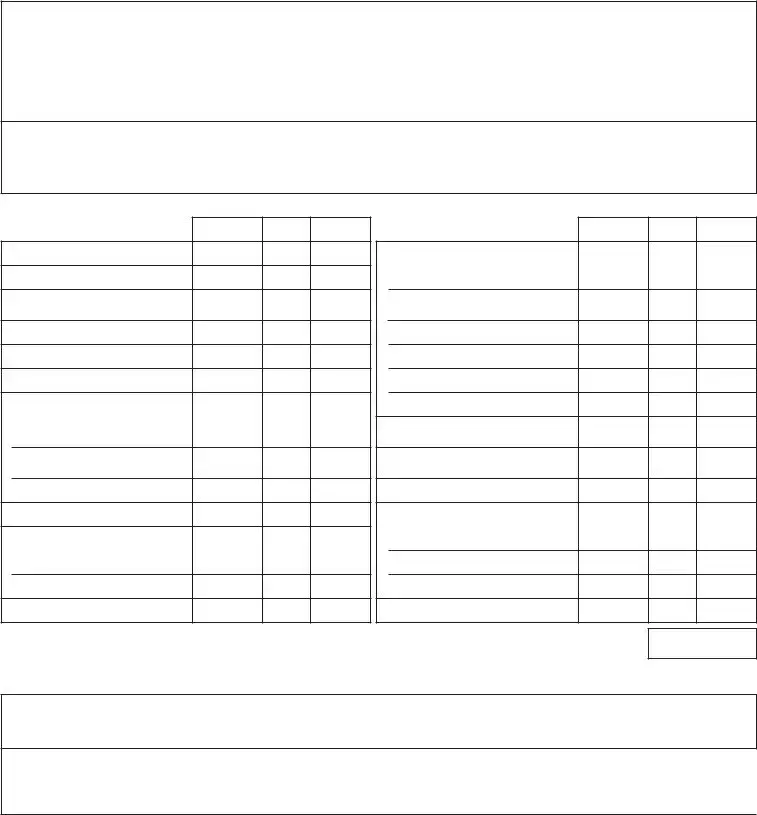Applying for a plumbing permit can be overwhelming, especially with the detailed Plumbing Permit Application form. Mistakes can lead to delays and complications, but with some awareness, you can navigate the process smoothly. Here are ten common errors that people make when completing this form:
1. Ignoring Job Location Details: One of the fundamental parts of the application is providing the exact job location. Skipping the street address or city can simply halt your application. Ensure this information is not just filled in but is precise.
2. Omitting the Owner/Agent Name: It might seem obvious, but some applicants forget to include the name of the owner or agent on the application. This critical detail helps authorities know who to contact and whom the permit is officially granted to.
3. Not Indicating If a Building Permit is Required: Every project is unique, and knowing whether a building permit is necessary is crucial. Answering this question inaccurately can lead to application rejection, so double-check your project’s requirements.
4. Misunderstanding Contractor vs. Homeowner Designation: Many applicants confuse their status. If you’re a homeowner performing your own work, you must select the homeowner option. Mislabelling this section can categorize the application incorrectly and complicate approval.
5. Failing to Provide Accurate Contractor License Information: If you’re hiring a contractor, you must list their license number and expiration date. Missing or incorrect information may raise red flags, causing delays in processing.
6. Forgetting to Attach Required Plans: While plans aren’t required for all projects, you must check the appropriate box if they are not needed. Failing to attach necessary documents or plans can lead to immediate rejection.
7. Not Signing the Application: It’s easy to forget this seemingly simple step, but an unsigned application cannot be processed. Ensure that the plumbing contractor, master plumber, or the homeowner has signed and dated the form.
8. Miscalculating Fees: This form includes a fee chart. Applicants often overlook multiplying the number of items installed by the unit price. A simple math mistake can result in incorrect total fees, affecting permit issuance.
9. Ignoring the Importance of the Homeowner Affidavit: Homeowners need to certify that they will perform the work themselves. Ignoring this section can lead to compliance issues and could invalidate the permit.
10. Not Keeping Track of Permit Expiration: After the permit is issued, it remains valid only if work progresses and inspections are timely scheduled. Failing to adhere to this could lead to a lapse in your permit's validity, resulting in additional complications and costs.
Being aware of these common pitfalls can save time and avoid headaches. Double-checking your application and ensuring all sections are complete and accurate promotes a smoother permit process. Remember, a bit of diligence upfront can pave the way for successful plumbing work in the future!


